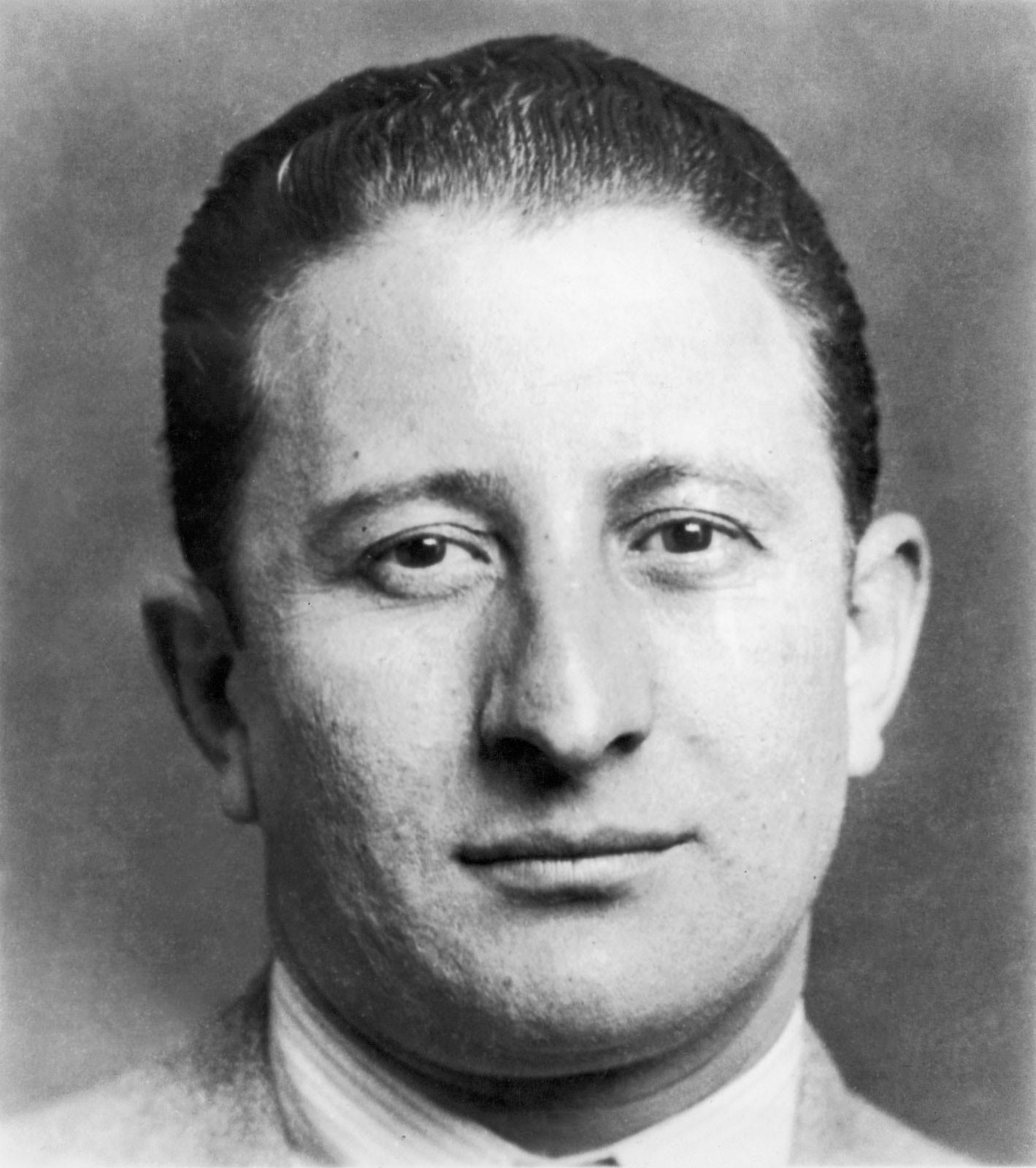The Gambino crime family is one of the most notorious organized crime syndicates in American history, and its leaders have left a lasting impact on the criminal underworld. Understanding the dynamics of this powerful family requires an exploration into its history, key figures, and significant events. This article will provide an in-depth look at the Gambino family, focusing on its bosses and their influence on organized crime.
The Gambino family, originally known as the Mangano family, was established in New York City and became a dominant force in the Mafia world during the mid-20th century. Its operations spanned various illegal activities, including extortion, loan sharking, and racketeering. The family’s leadership evolved over the years, with several key figures emerging as prominent bosses, each contributing to the family's legacy in different ways.
Throughout this article, we will examine the lives and careers of the most notable bosses of the Gambino family, their criminal enterprises, and the law enforcement efforts to dismantle their operations. By the end, you will have a clearer understanding of what made the Gambino family a lasting symbol of organized crime in America.
Table of Contents
- History of the Gambino Family
- Notable Bosses of the Gambino Family
- Criminal Operations
- Law Enforcement and the Gambino Family
- Conclusion
History of the Gambino Family
The history of the Gambino family dates back to the early 1900s when it was originally known as the Mangano family. The family rose to power under the leadership of Vincent Mangano, who controlled a vast network of criminal activities. However, after Mangano’s mysterious disappearance in 1951, Carlo Gambino took control, leading to a rebranding of the family.
Under Carlo Gambino's leadership, the family flourished, expanding its influence into various legitimate and illegitimate businesses. The Gambino family became known for its strategic alliances with other crime families, as well as its ability to maintain a low profile while conducting its operations. This period marked the beginning of the family’s rise as one of the "Five Families" of the New York Mafia.
Notable Bosses of the Gambino Family
Carlo Gambino
Carlo Gambino was born on August 24, 1902, in Palermo, Sicily. He immigrated to the United States in 1921 and quickly became involved in organized crime. In 1957, he became the boss of the Gambino family, leading it with a blend of intelligence and ruthlessness.
| Name | Carlo Gambino |
|---|---|
| Born | August 24, 1902 |
| Died | October 15, 1976 |
| Position | Boss of the Gambino Family |
Carlo was known for his ability to avoid law enforcement scrutiny and maintain a low profile while orchestrating the family's operations. He was instrumental in establishing the family's dominance in the New York underworld and was highly respected among his peers.
Paul Castellano
Paul Castellano succeeded Carlo Gambino as the boss in 1976. Born on June 26, 1915, Castellano was known for his lavish lifestyle and desire to modernize the family's operations. His leadership style was marked by a significant increase in violence, which ultimately led to his downfall.
| Name | Paul Castellano |
|---|---|
| Born | June 26, 1915 |
| Died | December 16, 1985 |
| Position | Boss of the Gambino Family |
Castellano's reign was characterized by increased tension within the family, particularly with John Gotti, who sought to challenge his authority. His assassination in 1985 marked a significant turning point in the Gambino family's history.
John Gotti
John Gotti, born on October 27, 1940, in the Bronx, New York, became the face of the Gambino family in the 1980s. He was known for his flamboyant personality and public persona, which earned him the nickname "The Teflon Don." Despite being indicted several times, charges against him would often be dropped.
| Name | John Gotti |
|---|---|
| Born | October 27, 1940 |
| Died | June 10, 2002 |
| Position | Boss of the Gambino Family |
Gotti's leadership style marked a departure from the low-profile approach of his predecessors, leading to increased media attention and law enforcement scrutiny. He was finally convicted in 1992 on multiple charges and sentenced to life in prison, effectively ending his reign.
Criminal Operations
The Gambino family's criminal operations spanned a wide array of illicit activities, including:
- Extortion
- Loan sharking
- Illegal gambling
- Drug trafficking
- Racketeering
Over the decades, the Gambino family adapted its operations to changing law enforcement tactics and market demands, maintaining its status as a formidable force in organized crime.
Law Enforcement and the Gambino Family
Law enforcement agencies have long targeted the Gambino family, employing various tactics to dismantle its operations. The introduction of the Racketeer Influenced and Corrupt Organizations Act (RICO) in the 1970s provided prosecutors with powerful tools to combat organized crime.
Notable cases against the Gambino family include:
- The conviction of John Gotti in 1992
- Operation Old Bridge (1990s)
- The arrest of several key figures in the early 2000s
These efforts have significantly weakened the family's influence, but remnants of its operations still persist in various forms.
Conclusion
The Gambino family has left an indelible mark on the history of organized crime in America. From its origins as the Mangano family to its rise under Carlo Gambino, Paul Castellano, and John Gotti, the family's legacy is one of power and infamy. Understanding the dynamics of the Gambino family provides valuable insights into the complex world of organized crime.
If you found this article informative, please leave a comment below, share it with others, or check out our other articles on organized crime and history.
Thank you for reading, and we invite you to return for more engaging content!
Understanding Abdication: A Comprehensive Guide
How Did Nancy Sinatra Pass Away? A Comprehensive Overview
Is Martin Lawrence Dead? A Comprehensive Look At His Life And Career


